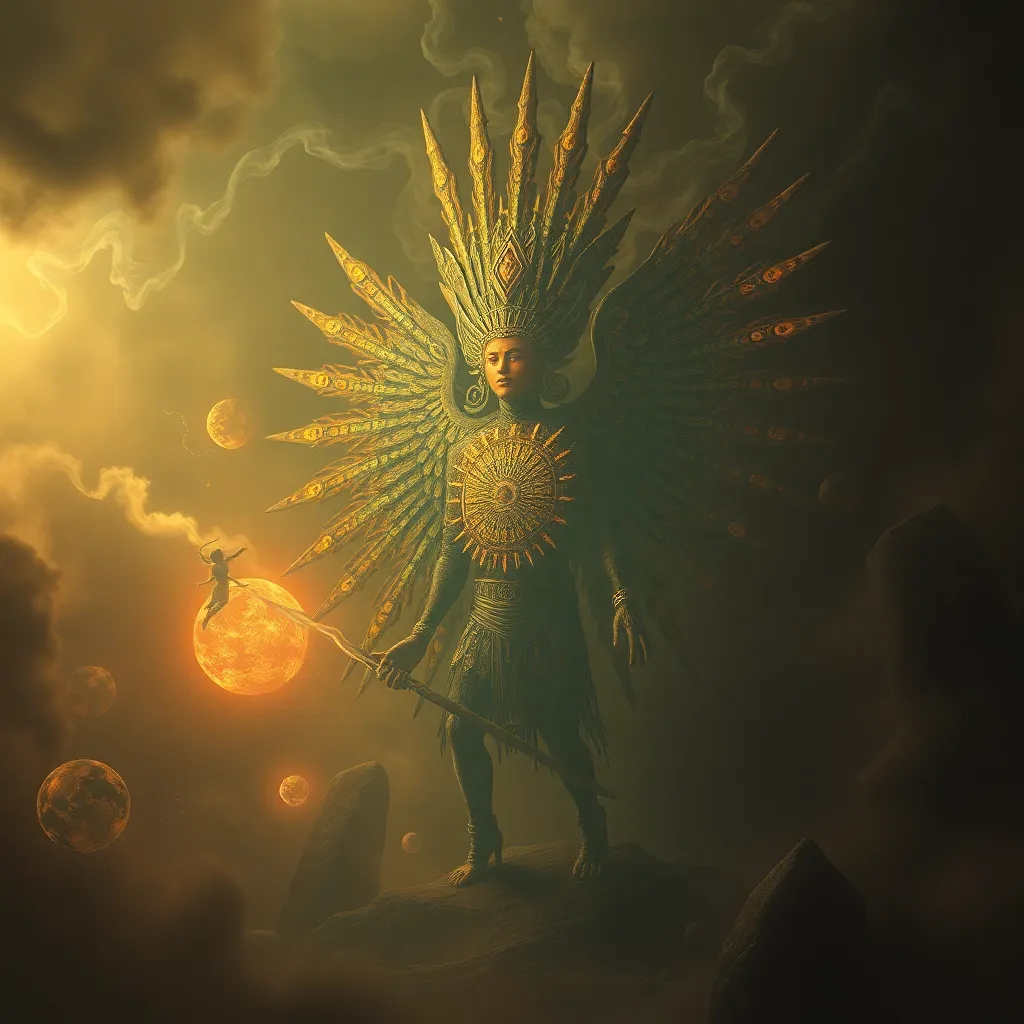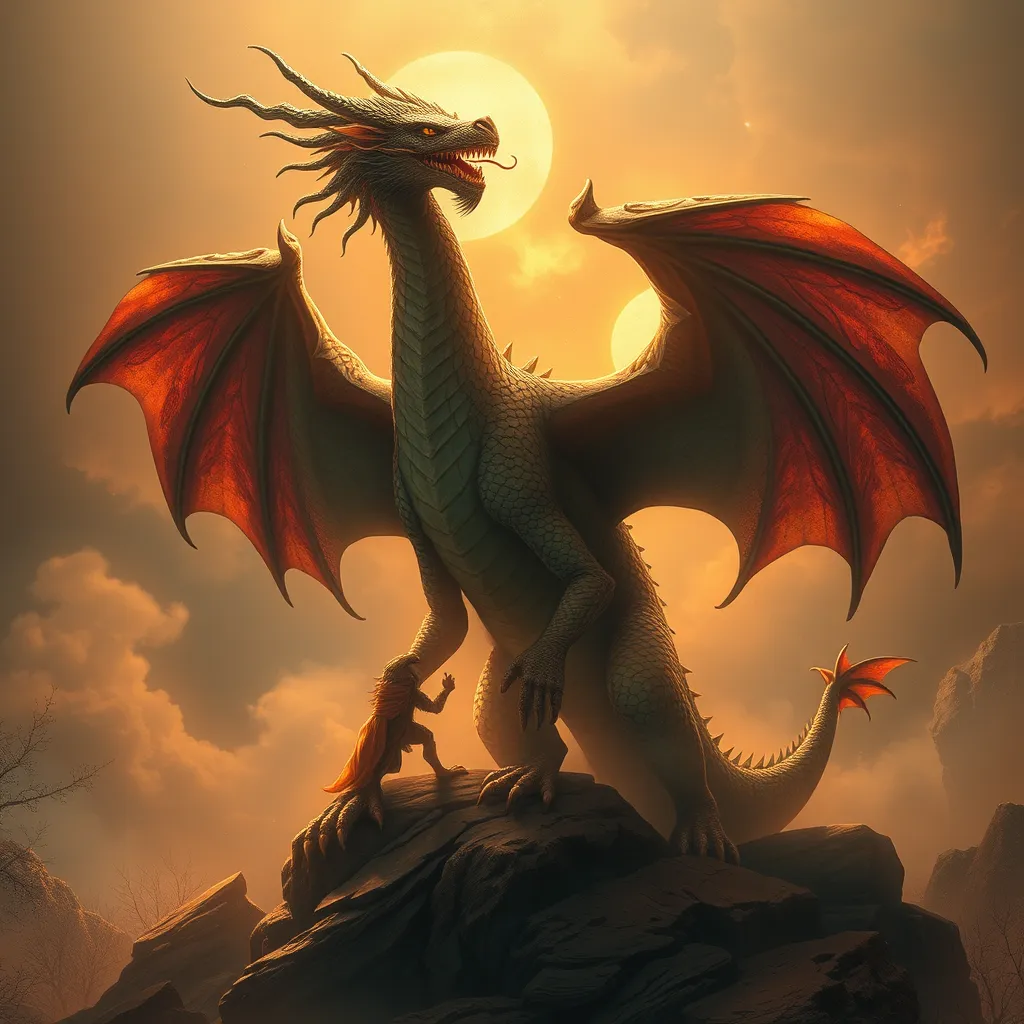The Ahuizotl: A Tale of the Power of the Imagination
I. Introduction
The Ahuizotl is a fascinating creature from Aztec mythology, often depicted as a dog-like beast with a hand on its tail. This legendary entity has intrigued scholars, storytellers, and the general public alike for centuries. Mythological creatures like the Ahuizotl serve an essential role in cultural narratives, embodying societal values, fears, and the collective imagination.
The purpose of this article is to explore the Ahuizotl’s impact on the imagination, examining its origins, role in folklore, symbolism, and its relevance in modern culture. Through this exploration, we can better understand the power of mythical creatures in shaping our understanding of the world.
II. Origins of the Ahuizotl
The Ahuizotl finds its roots in the rich tapestry of Aztec and Nahua mythology, where it was often associated with water and danger. In Aztec cosmology, water was both a life-giver and a source of peril, making the Ahuizotl a fitting representation of these dualities.
Physically, the Ahuizotl is described as having the body of a dog, but with an elongated, flexible tail that ends in a human-like hand. This unique feature allows it to grasp its prey, drawing unsuspecting victims into the depths of water to drown them. Early accounts from Spanish colonizers and Nahua storytellers depict the Ahuizotl as a fearsome predator, instilling terror in those who wandered near lakes and rivers.
Artistic depictions of the Ahuizotl can be found in various codices, showcasing its terrifying yet captivating presence in the ancient imagination.
III. The Ahuizotl in Folklore and Oral Traditions
Across different regions in Mexico, the tale of the Ahuizotl has evolved, with variations reflecting local beliefs and environmental contexts. In some stories, it is portrayed as a guardian of water and resources, while in others, it remains a malicious entity that preys on the careless.
Storytelling has played a crucial role in preserving the cultural heritage surrounding the Ahuizotl. These tales serve not only as entertainment but also as cautionary fables, teaching lessons about respect for nature and the dangers of temptation.
The Ahuizotl encapsulates societal fears, particularly those related to water safety and the unknown aspects of nature. Its stories often carry deeper moral lessons, warning against hubris and the consequences of disregarding the natural world.
IV. Symbolism and Interpretation
The Ahuizotl symbolizes the untamed aspects of nature, representing both its beauty and its potential for destruction. As a creature that dwells in water, it embodies the mysterious and unpredictable qualities of this vital resource.
This connection to danger and the unknown can also be interpreted psychologically. The Ahuizotl reflects our intrinsic fears—fear of the dark, fear of drowning, and fear of the things we cannot see. By confronting these fears through storytelling, individuals can process their anxieties and gain a deeper understanding of their own psyche.
V. The Ahuizotl in Modern Culture
The influence of the Ahuizotl extends beyond historical texts and folklore into contemporary literature, art, and media. Writers and artists draw inspiration from this mythical creature to explore themes of nature, fear, and the human condition.
- In literature, the Ahuizotl can be found in works that delve into magical realism and fantasy, often serving as a metaphor for personal struggles.
- In film and video games, its depiction ranges from terrifying antagonist to misunderstood creature, highlighting the complexity of its nature.
Moreover, the Ahuizotl has emerged as a symbol of cultural revival, representing a connection to indigenous heritage and the importance of preserving these rich narratives in the face of modernity.
VI. The Power of Imagination
Mythical creatures like the Ahuizotl stimulate creativity and imagination, encouraging individuals to explore their fears and fantasies. By engaging with these stories, we are invited to reflect on our own experiences and the world around us.
The Ahuizotl, in particular, encourages exploration of themes such as survival, respect for nature, and the consequences of human actions. Its tales inspire introspection, prompting us to consider how we relate to the environment and the mysteries it holds.
Imagination plays a vital role in cultural identity, allowing communities to express their values and beliefs through shared narratives. The Ahuizotl serves as a reminder of the importance of storytelling in shaping our understanding of ourselves and our place in the world.
VII. Lessons from the Ahuizotl
Through the lens of folklore, the Ahuizotl teaches us valuable lessons about human nature and the complexities of life. Its stories offer insights into the fears and desires that drive us, as well as the moral dilemmas we face.
- Understanding human nature: The Ahuizotl embodies the struggle between our instincts and the need for caution.
- The significance of stories: Tales of the Ahuizotl help us navigate life’s challenges, providing guidance through metaphor and allegory.
- Embracing myths: Engaging with folklore can foster personal and communal growth, promoting a deeper connection to our roots and shared history.
VIII. Conclusion
In conclusion, the Ahuizotl’s impact on imagination and culture is profound and enduring. This mythical creature not only reflects the fears and values of ancient societies but also continues to inspire modern interpretations and creative expressions.
The legacy of the Ahuizotl invites us to explore and create our personal interpretations of folklore, emphasizing the importance of imagination in understanding our world. As we engage with these stories, we connect with the past, celebrate our cultural identity, and enrich our lives with the power of myth.




